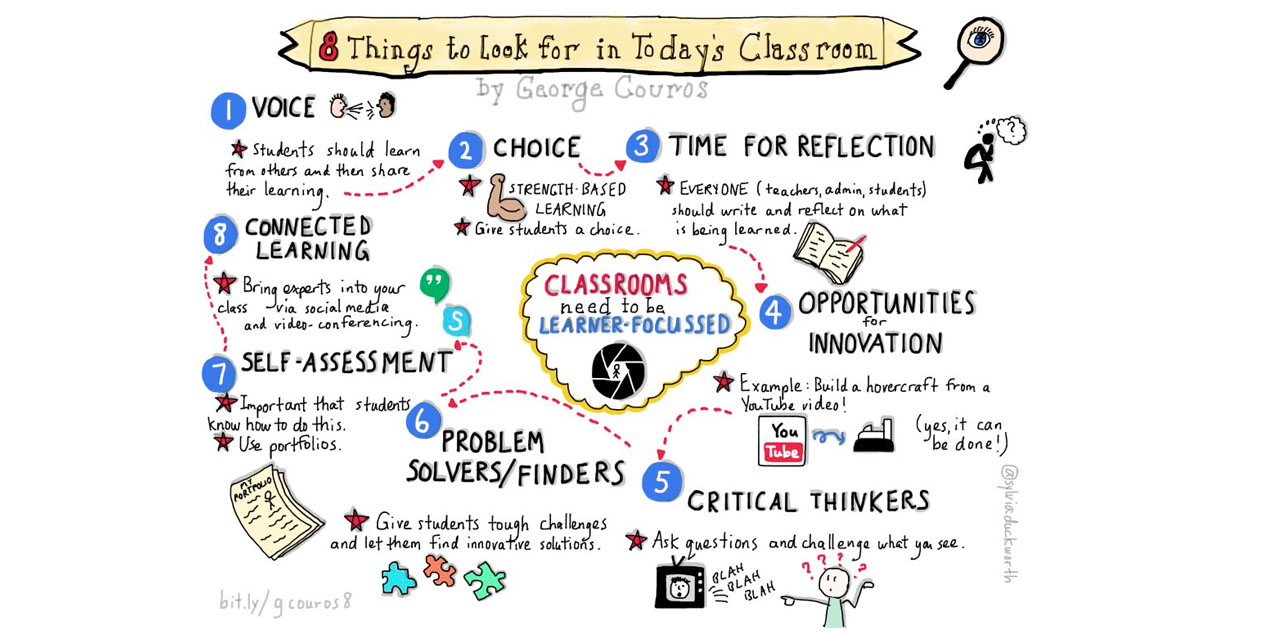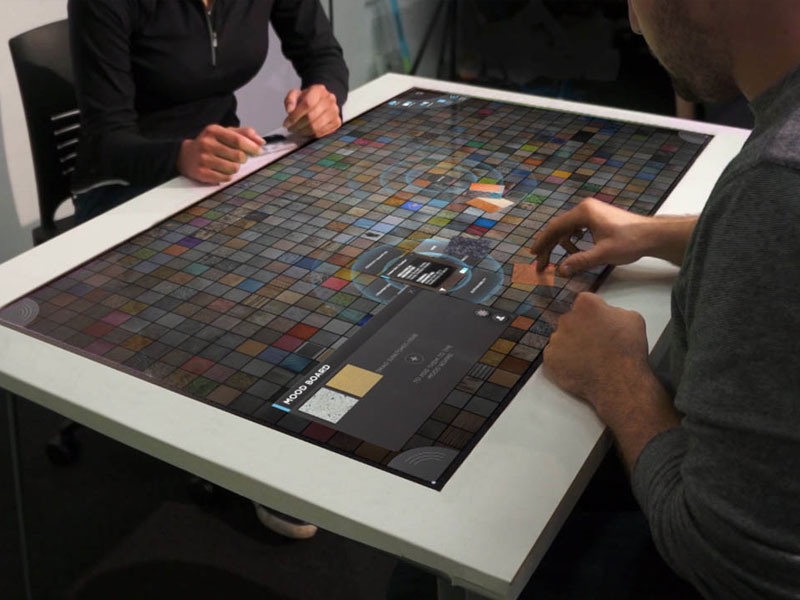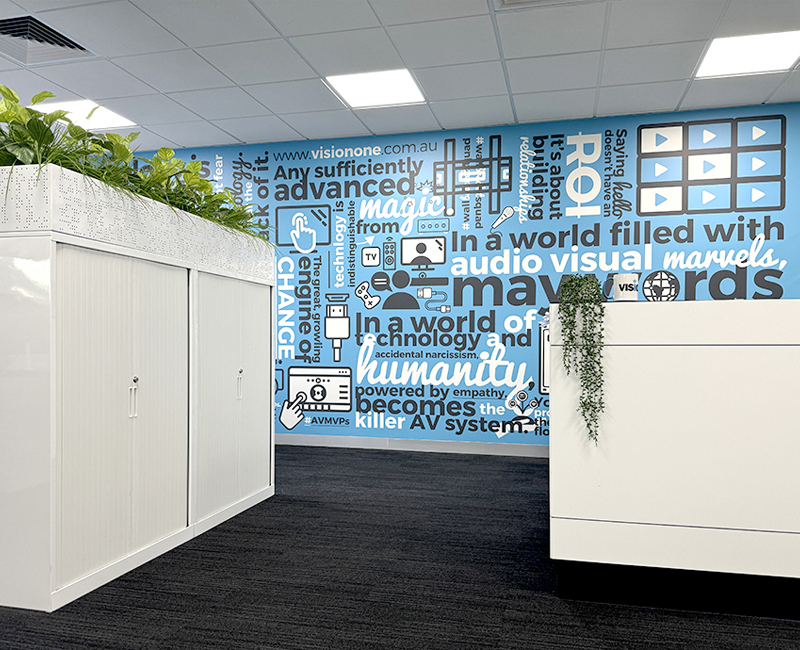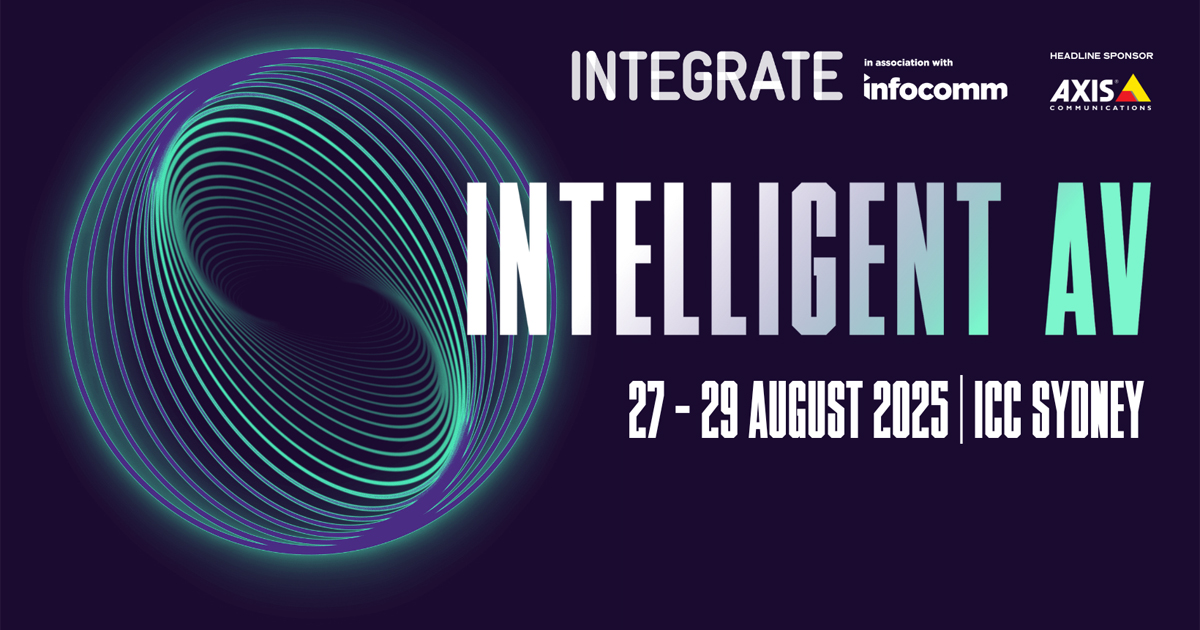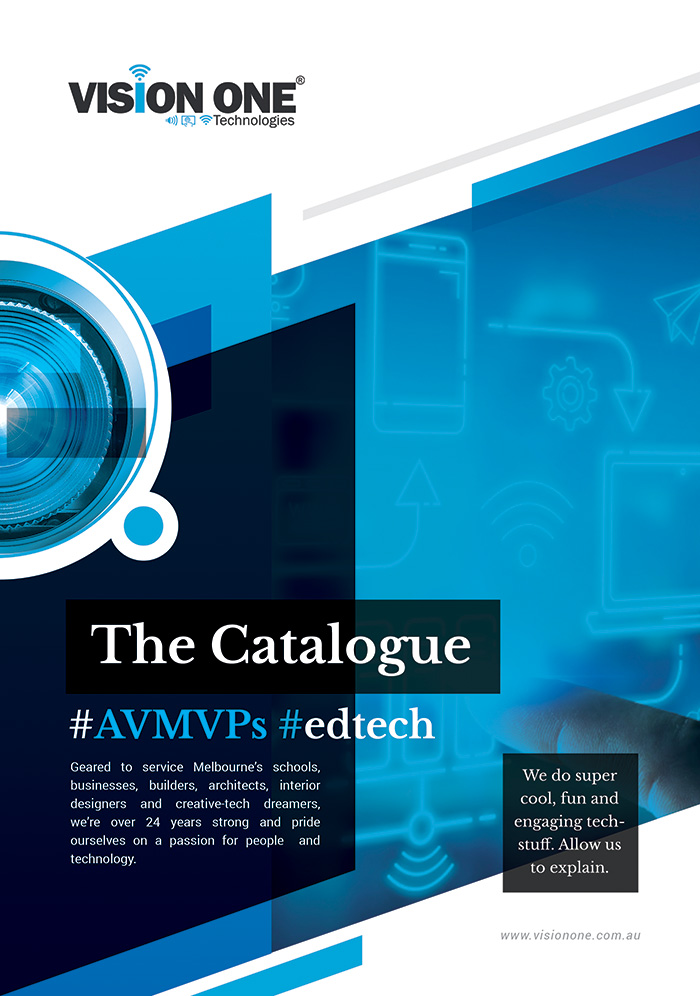The Future of Audio Visual Technology: What Can We Expect Moving Forward?
Welcome to the world of audiovisual technology: where innovation and creativity never stops. As we...
8 Things to Look for in Today’s Classroom
The integration of technology in education can often offer a strenuous challenge for some adopters....
Having the power at your fingertips
An interactive presentation system combines the simplicity of a whiteboard with the power of a...
The history of technology in education
Check out this clever and quick look at how advancements in technology have impacted teaching and...

